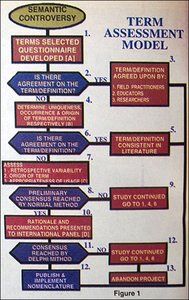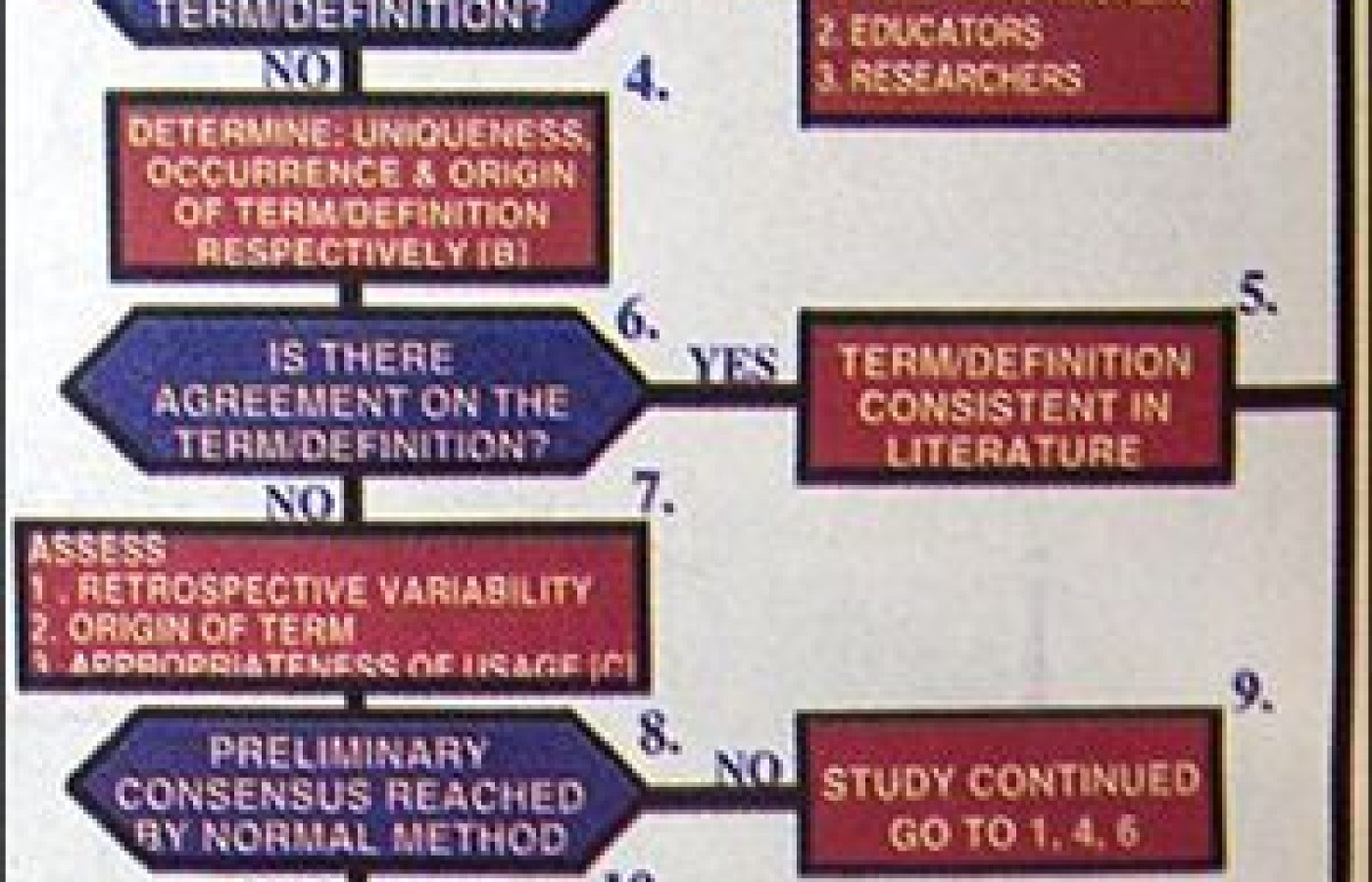In a landmark development, Blue Cross Blue Shield (BCBS) has reached a $2.8 billion settlement to resolve antitrust claims brought by health care providers, including chiropractors. The lawsuit accused BCBS of dividing the nation into exclusive regions and limiting competition, which resulted in lower reimbursements for providers. Although BCBS denies any wrongdoing, the company agreed to the settlement to avoid lengthy litigation – and you can get a piece of the pie.
Separated by a Common Language: Its Time to Develop Chiropractic Nomenclature
If the Americans and British are two countries separated by a common language as Churchill asserted, then surely the chiropractic profession is also separated by the meaning of common terms. From the time of the Palmers and the earliest chiropractors, members of the chiropractic profession have been arguing over common terms including the meaning of subluxation, adjustment, and manipulation. Issues of terminology have divided the profession for 100 years. For example D.D. Palmer used the word manipulation when referring to chiropractic therapy before the turn of the century yet there are still those who believe that to perform a manipulation is not practicing chiropractic.
A separate and distinct terminology once protected us from charges of practicing medicine without a license, but is no longer necessary for that purpose. Terms that are common currency must be acknowledged as we become more integrated into the health care system. This does not mean abandonment of those terms that have specific and special meaning to chiropractors. The establishment of accepted nomenclature is a sign of maturity in any field. As a discipline develops it formally adopts and sanctions the terminology used by its practitioners. Those terms that are unique to chiropractic must also be clearly defined and agreed upon. In celebration of our centennial it is time to demonstrate our maturity as a profession by adopting a common language.
In the past decade we have heard pleas to abandon anachronistic terminology, to seek a common language, and to develop chiropractic nomenclature through consensus.1 The importance of the lack of agreement on terms commonly used by chiropractors has been noted by a number of chiropractic authors. Lawrence2 states that semantic difficulties have hampered the overall development of the chiropractic profession. He noted that one of the greatest challenges facing the chiropractic profession today is simply to learn how to communicate with one another. Sandoz3 emphasized that semantic confusion has caused interdisciplinary misunderstanding, and fostered longstanding differences within the chiropractic profession.
In response to the controversy a consensus process has been designed to develop nomenclature for the chiropractic profession.4 An algorithm model (Figure 1) was developed to provide a step by step model with expanding representation to include broad geographic areas and philosophical views in the consensus process.

The definitions were developed avoiding dualistic approaches that would have eliminated one or more constituencies. Panels were sensitive to political issues and focus was placed on defining terms academically, operationally and scholarly, not to give political advantage to any one interest group. A three member working group reviewed the literature, providing seed definitions and terms for a nine-member nominal consensus panel. Criteria used to evaluate terms and definitions included the uniqueness, occurrence, and origin of the term (Figure 1 box 4).
Assessment included:
- origin of the term (appearance of the term in the literature);
- retrospective variability (uses of the term in the literature);
- appropriateness of the continuing usage (usefulness of the term to the profession, see Figure 1, box 7).
Final consensus for the terms and definitions was set at the 80 percent level. This was achieved for 10 terms and definitions by a 60-member Delphi panel (Figure 1, diamond 11).
While consensus has been reached on 10 terms, adoption of the terms to form a nomenclature that serves as a true vehicle for greater understanding is contingent upon compliance in the use of agreed upon terms. Holding to sectarian terms fosters dogma, whether chiropractic or medical, and will not provide better care for our patients. True advances in nomenclature development and compliance are contingent upon cooperation and integration of the terms agreed upon through the consensus process. As further knowledge is gained through scientific evidence, terms will evolve and change. It is time to speak the same language and adopt a consensus-based nomenclature.
Future articles will deal with the issues, conflicts and development of the terms presented.
References
- Bryner P. Isn't it time to abandon anachronistic terminology? J Aust Chiropractor's Assoc 1987, 17:53-8.
- Lawrence D. Toward a common language (editorial). J Manipulative Physiol Ther 1988, 11:1-2.
- Sandoz R. The natural history of spinal degenerative lesion. Ann Swiss Chiro Assoc 1989, IX:149-92.
- Gatterman M, Hansen D. Development of chiropractic nomenclature through consensus. J Manipulative Physiol Ther 1994, 302:09.
Meridel Gatterman, MA, DC
New York Chiropractic College



